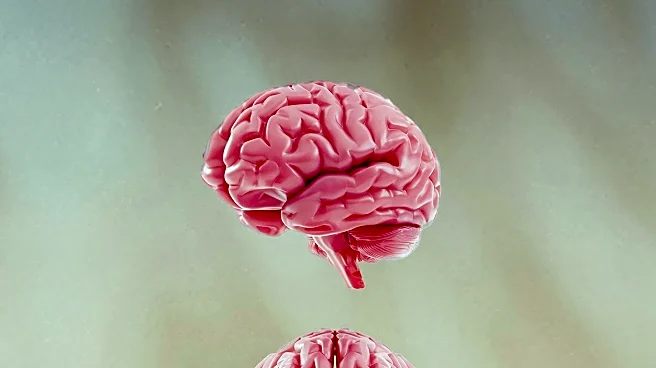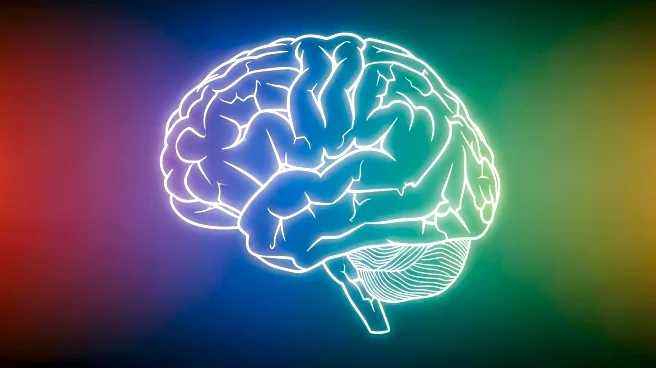What's Happening?
A study conducted by Boston University School of Medicine has found that young athletes may experience neurodegeneration before the onset of chronic traumatic encephalopathy (CTE). The research, published in Nature, examined brain tissue from young former contact sport athletes and identified repetitive head impact (RHI)-related brain injuries, including brain cell loss, inflammation, and vascular damage. These changes were observed even in athletes who had not been diagnosed with CTE, suggesting that RHI can cause significant brain damage independently of CTE. The study involved 28 men aged 25 to 51, divided into groups based on their exposure to contact sports and CTE diagnosis. The findings highlight the potential for long-term brain damage from contact sports, even in the absence of CTE.
Why It's Important?
The study's findings have significant implications for the safety of contact sports, particularly for young athletes. The discovery that neurodegeneration can occur before CTE is diagnosed suggests that the risks associated with repetitive head impacts are greater than previously understood. This could lead to changes in how contact sports are played and regulated, with a focus on reducing head impacts to protect athletes' long-term brain health. The research also underscores the need for better diagnostic tools to detect brain injuries early and develop effective prevention and treatment strategies. The study may influence policy changes at various levels of sports, from youth leagues to professional organizations, to prioritize athlete safety.
What's Next?
The study calls for further research to understand the mechanisms of RHI-related brain injuries and develop methods to detect these changes during an athlete's life. This could involve advancements in imaging techniques and biomarker identification to monitor brain health in athletes. Additionally, there may be increased advocacy for rule changes in contact sports to minimize head impacts and protect athletes. Educational initiatives could also be implemented to raise awareness among athletes, coaches, and parents about the risks of head injuries and the importance of early intervention.











